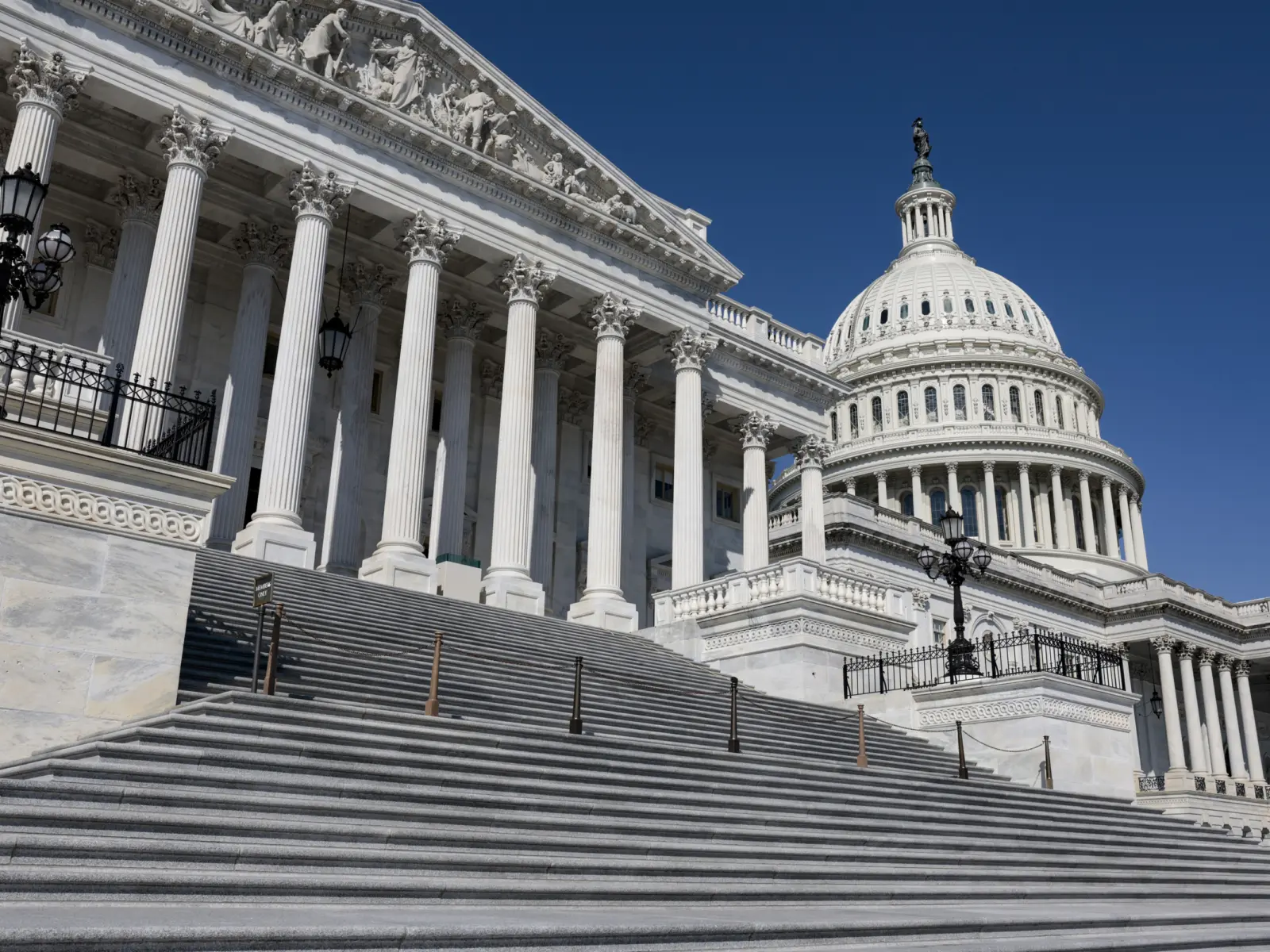Yesterday’s Medicare Trustees report underscores the serious fiscal challenges facing the Medicare program. Spending is projected to substantially increase over the next few decades, consuming a larger share of gross domestic product (GDP) and putting a greater strain on Medicare beneficiaries and taxpayers.
The most closely watched projection — the insolvency date of Medicare’s Hospital Insurance (HI) trust fund — is 2028, two years later than last year’s projection. This extension gives policymakers very little additional time to act however. Last year’s report projected the trust fund would be exhausted within the next five years – now it’s within the next six years. At that point, the Medicare program would only be able to fund 90% of the hospital benefits submitted for reimbursement.
Despite the focus on the exhaustion date of the hospital insurance trust fund, it is only one alarm pertaining to one component of the Medicare program. There are several more in the Trustees report. Medicare spending is expected to grow rapidly across all parts of the program due to rising per capita health care costs and the aging of the baby boomers into the program. The Trustees project Medicare spending will increase from 3.9% of GDP in 2021 to 6.2% by 2046.
Projected increase in Medicare spending as a percentage of GDP from 2021 to 2046
Spending in Part B and D is projected to grow rapidly. The Trustees project spending growth will average 10.3% in Part B and 7.4% in Part D, a pace that far exceeds expected GDP growth (5.3%) over that period. Because Part B and D are funded through a combination of general revenue and premium contributions, their growth places an increasingly large burden on beneficiaries who will have to pay higher premiums and taxpayers who will be required to fund a larger share of the program. The Trustees also issued a formal Medicare funding warning for the fifth year in a row – indicating that the Medicare program is becoming excessively dependent on general revenues, which are deficit-financed.
Keep in mind that the Trustees current law projection represents a best case scenario and that there is a large degree of uncertainty. The Trustees explicitly note that “Medicare’s actual future costs are highly uncertain for reasons apart from the inherent challenges in projecting health care cost growth over time.” Medicare’s financial situation would be much worse under the alternative scenario that the Trustees estimate, which assumes that Congress increases provider payment rates above current law to help them keep pace with cost increases – an outcome the Trustees imply is likely. Under that scenario, spending would grow substantially faster and reach 8.6% of GDP in 2096 rather than leveling off at around 6.5% under current law.
Medicare’s actual future costs are highly uncertain for reasons apart from the inherent challenges in projecting health care cost growth over time.Medicare Trustees report, 2022
The economy and the ongoing COVID-19 pandemic also create significant uncertainty. Because the hospital insurance trust fund is primarily financed by payroll taxes, changes in employment and wage growth have a large impact on its financial status. The trust fund’s insolvency date will accelerate if there is an unexpected recession or slower than projected job and wage growth. The Trustees explicitly note that there is also an unusually high degree of uncertainty about the impact COVID-19 will have on Medicare spending. In addition, the Trustees assume that the more than $100 billion paid out in accelerated and advanced payments will be repaid in full and on time, while the hospital industry is already pushing for more flexibility on repayments. While uncertainty goes in both directions, waiting to address Medicare’s fiscal situation puts beneficiaries at risk and limits the options available to policymakers.
This report makes one thing clear. It is critical for Congress and the president to work together – sooner rather than later – to enact meaningful Medicare reforms to shore up the program for the 62 million Americans who have paid in and earned these benefits. Improving the financial outlook for Medicare requires timely and comprehensive action to reduce inefficient spending and strengthen the program’s financing for today’s beneficiaries and future generations.











